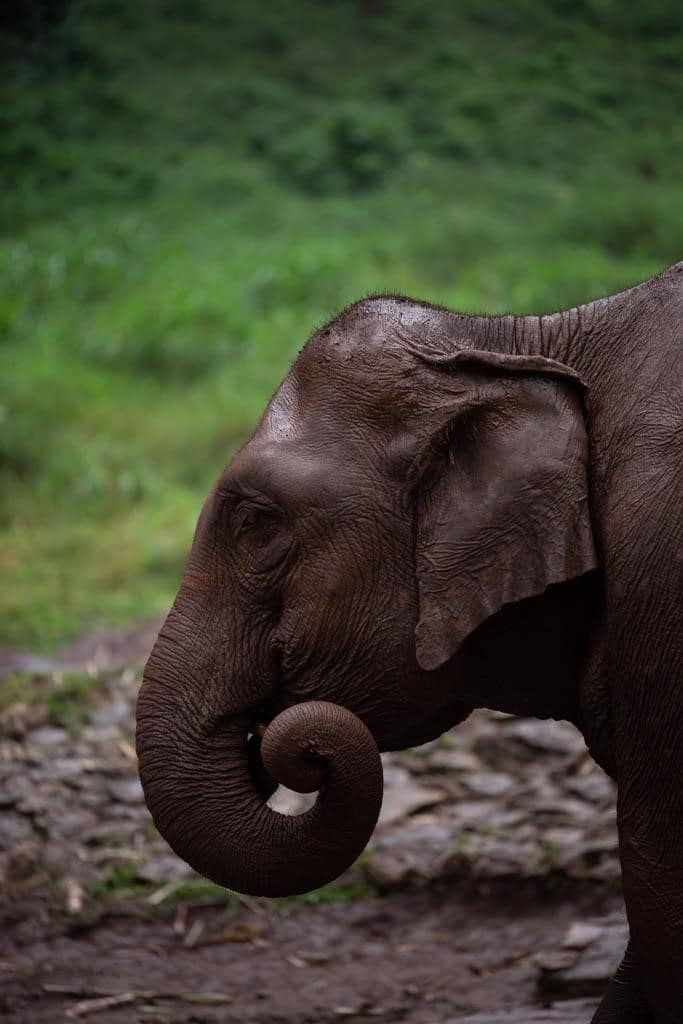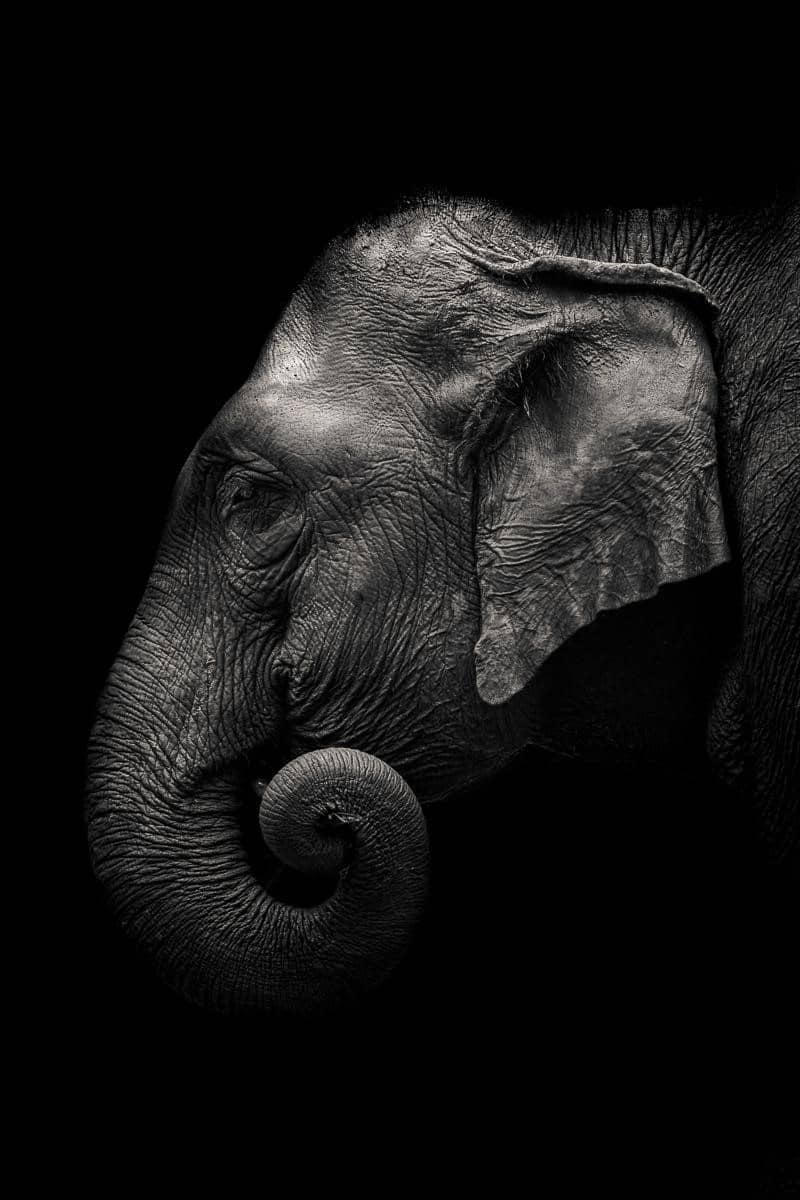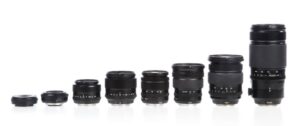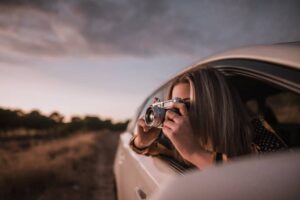Picture this: You go on a trip (remember those?) or attend an interesting event, and like most photographers, you get the “one more shot” syndrome and take hundreds of images from different angles.
Next thing you know, as you upload all your files on your computer, you realize that you’ve accumulated a massive collection of images cluttering your hard drive.
So what’s the solution to this digital hoarding?
As you go through all the photos, the first reaction is to delete the ones you won’t use. Obviously, not every image is a money shot, so you pick the best ones and delete the rest.
But in the last few years, one lesson I’ve learned is that despite having thousands of pictures in your hard drive, deleting the mediocre ones is a bad idea for one simple reason: You might be able to do something with them later.
What I love about photography is that you never stop learning. As technology advances, it means new settings and functions are added to cameras, and processing software such as Lightroom are updated with additional tools and improved features.
Thanks to this, you can learn new techniques, and apply them on these old photos that you thought were eternally doomed to remain hidden.
Doing this has allowed me to breathe new life into older work, and that’s an understated perk in photography. The images you’ve captured along the way almost never lose value. And, with a few tweaks, they can sell very well as stock or fine art while you travel to new destinations and enjoy the freedom your sales bring.
Here’s an example of a photo that I took a few years ago. When I first went through the selection process, I immediately skipped it because I thought it wasn’t strong enough. The composition was boring and I didn’t think it would sell as stock or fine art.

But after experimenting with some new techniques in Lightroom, I went back and processed it differently, applying what I’ve learned. As a result, I ended up with an image that has a “wow” factor, which I’ve already sold as a fine art print multiple times.

Of course, I’m not saying you should keep every single image you take forever. There are photos that I immediately delete as I go through my collection:
- Technically bad images: All those images that are blurry, out of focus, severely overexposed or underexposed go to the recycle bin.
- Identical images: Since I shoot in burst mode, I often capture a series of photos that are nearly identical. I usually pick the strongest one of the bunch and delete the rest.
And to be honest, storage and hard drives are getting cheaper every year. There’s no real excuse not to store your files on multiple drives (and keep extra backups!).
So, keep experimenting, keep learning, and you might end up finding a gem in those rough old photos that you never dared to share before.











